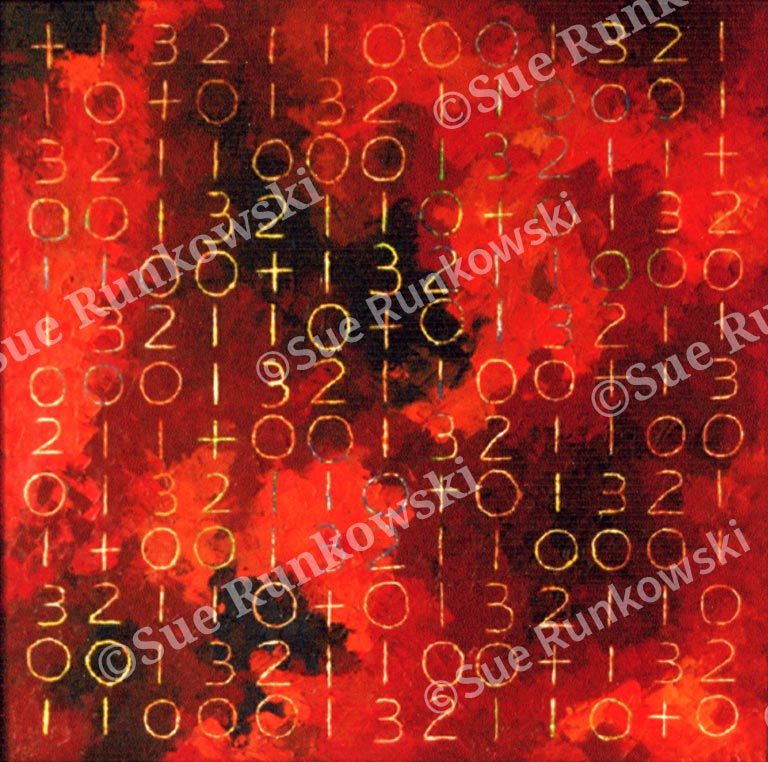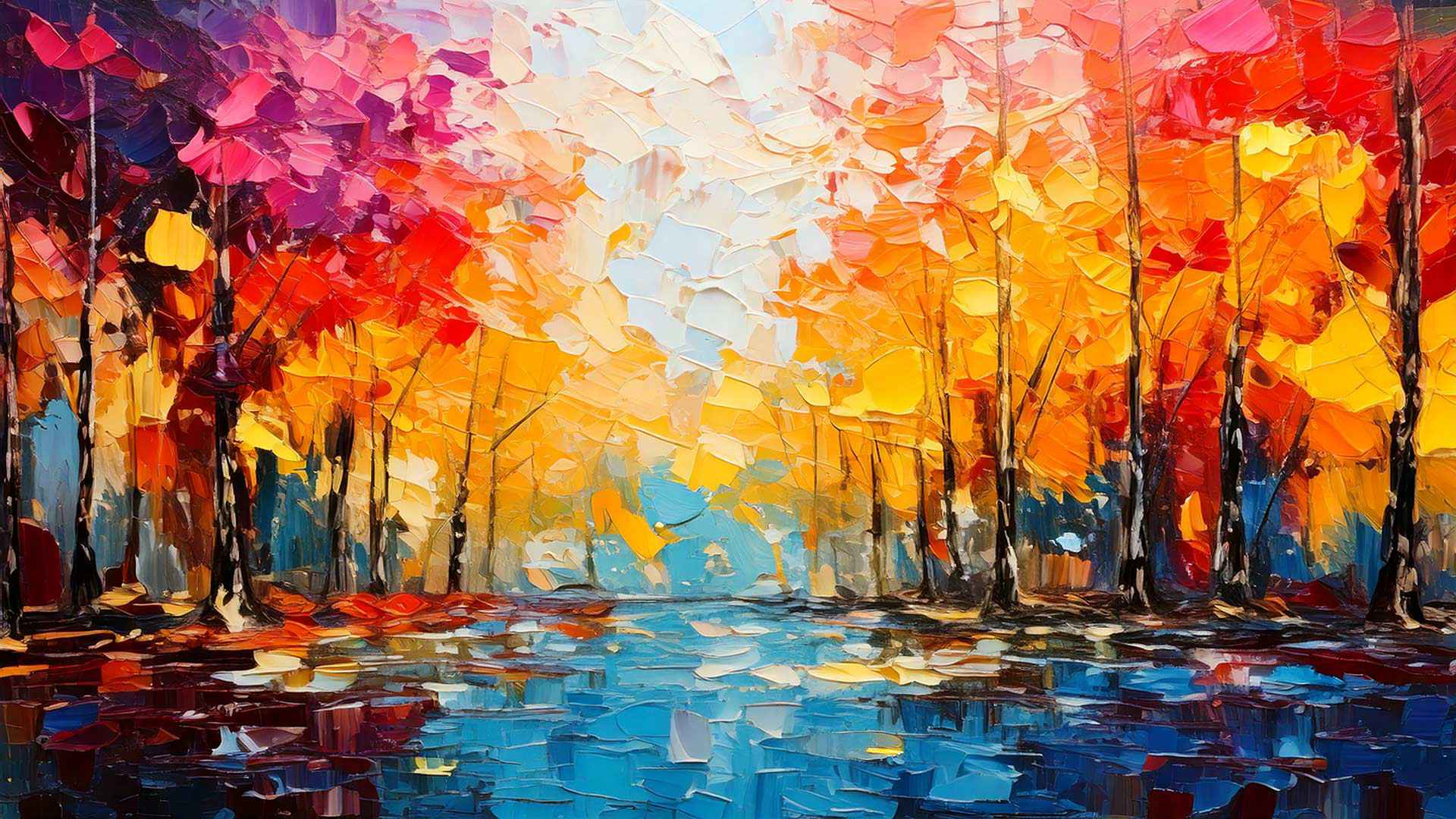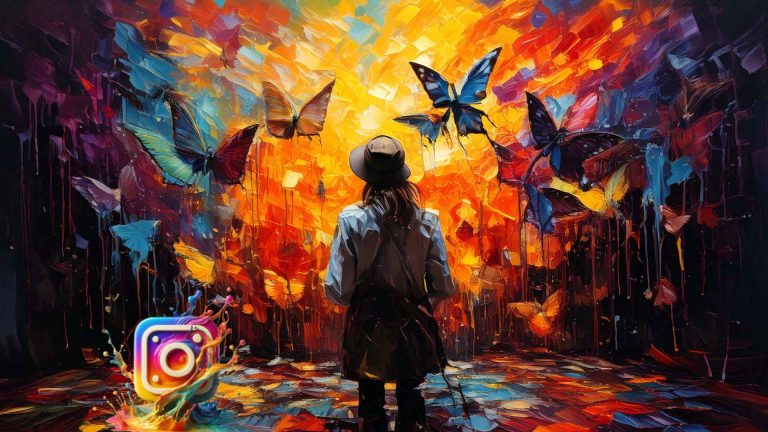Bold expression or beginner’s crutch?
Read time 2 minutes 30 seconds
n the ever-evolving world of painting, every tool tells a story—and few spark more conversation than the palette knife. Loved for its dramatic texture and expressive strokes, this unconventional tool offers instant impact on the canvas. But for all its visual flair, the palette knife carries a complicated reputation in the art world.
Why? Because while it offers creative possibilities, it’s also a favorite among beginners—sometimes for the wrong reasons.
The palette knife is easy to pick up and hard to resist. It doesn’t demand the same level of finesse as a brush, and it’s wonderfully forgiving. With just a swipe, artists can create bold textures, abstract edges, and energetic forms. For new painters, it can feel like a fast-track to painterly confidence.
But here’s the catch: that very ease of use can sometimes work against the artist. When relied on too heavily—especially without a strong grasp of composition, form, and light—palette knife painting can veer into chaotic territory. What looks like expressive freedom can actually signal a lack of control or foundational technique. Without the ability to balance texture with subtlety, or variation with intent, the end result can feel one-dimensional.

During my time in college, I had the privilege of studying under the renowned artist and educator Howardena Pindell. In one memorable critique, she offered a comment that has stayed with me ever since: “Amateurs use palette knives.”
At first, the statement struck me as surprisingly blunt. But over time, I came to understand the deeper wisdom behind her words.
What Pindell pointed to wasn’t a condemnation of the tool itself, but a critique of how it’s often used. The palette knife, with its ability to produce bold, textured marks and expressive surfaces, can be incredibly seductive—especially for artists just beginning their journey. It offers immediate visual impact and requires less technical control than the brush, which demands a more nuanced understanding of pressure, stroke, and blending.
Pindell’s insight was a reminder that in the hands of an inexperienced artist, the palette knife can become a crutch—a shortcut to “painterly” effects that might mask a lack of foundational skills. She emphasized that true mastery lies not in the ability to create drama through texture alone, but in understanding why and how to use each tool with intention.
Her comment challenged me to dig deeper—to focus on form, structure, composition, and conceptual clarity. It taught me that discipline and restraint are often just as important as boldness and experimentation. And ironically, it made me respect the palette knife even more—not as a tool to be avoided, but one to be wielded with purpose and precision once I had earned it.
The most compelling palette knife work comes from artists who understand its strengths and know how to integrate it thoughtfully with traditional brushwork. They use the knife not as a shortcut, but as a statement—a way to add contrast, movement, and emotion with purpose and precision.
So, is painting with a palette knife a sign of amateurism? Not at all—when it’s done with skill, strategy, and an understanding of the fundamentals. But when used as a substitute for those fundamentals, it can give that impression.
In retrospect, Pindell’s words were less about discouraging the use of a particular instrument and more about encouraging a deeper engagement with the craft of painting itself. Her mentorship pushed me toward a more thoughtful, deliberate practice—one grounded in skill, but open to innovation. And that’s a lesson I carry with me to this day.



